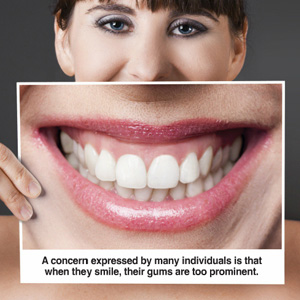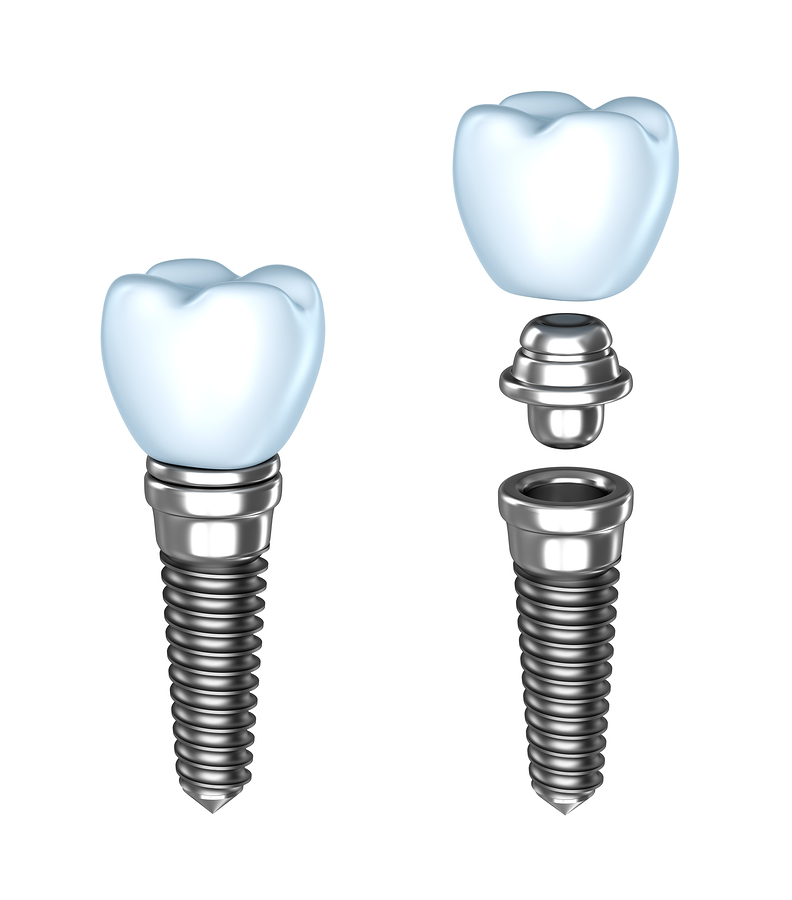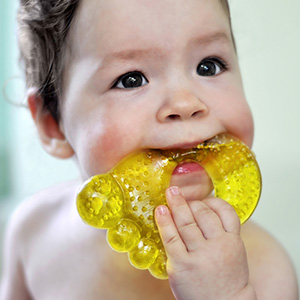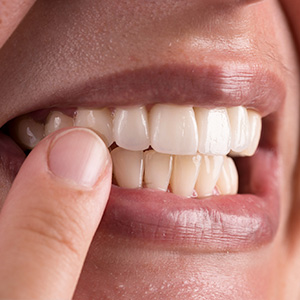
Have you been ignoring changes in a tooth because you’re afraid you may need a root canal? Despite the jokes about the therapy, rootroot canal canals aren’t painful and can save your tooth. Recognizing the symptoms that may mean you need a root canal can ensure you receive treatment before it’s too late to save your tooth. Root canal therapy is just one of the treatments that London, ON, dentists – Dr. Adam Burton, Dr. Viviana Pinto, and Dr. Alexandre Santi – offer at Northland Dental Centre.
Pain in a tooth
Pain in a tooth doesn’t necessarily mean that you need a root canal, but it’s never a good sign. That uncomfortable ache in your tooth may happen if the pulp is inflamed or infected. Pain may be constant or intermittent and may worsen if you chew, push on your tooth, or expose it to hot and cold beverages and foods. Although you may need a root canal, pain in a tooth can also be caused by tooth decay, sensitive roots, a crack, or a loose filling.
Little changes in your mouth
An inflammation or infection can cause subtle symptoms that are easy to overlook. For example, if your gum is swollen and red, you may assume that you brushed your teeth a little too vigorously. In some cases, your tooth may become darker. Although it’s not unusual for teeth to become a little duller if you smoke or drink beverages that stain the teeth, it’s always a cause for concern when one tooth becomes darker than the others.
Dental abscess symptoms
If your tooth hurts, your face is swollen, and you have a fever, you may have a dental abscess. Without prompt treatment, the bacteria can find its way to other parts of your body. Other abscess symptoms can include a pimple on your gum, a collection of pus around your tooth, or a swollen lymph node.
How root canals therapy can help
Your pulp is removed during a root canal, eliminating the inflammation or infection. The procedure is similar to the one used to remove tooth decay, although it’s a little more complicated. You’ll receive a local anesthetic before your root canal begins to ensure that you feel no pain. Once your tooth drains, you’ll return to your London dentist and receive a rubber-based filling that will restore your tooth. A crown may also be recommended to protect your tooth.
Protect your tooth with root canal treatment! Call our London, ON, dentists – Dr. Burton, Dr. Pinto, and Dr. Santi – offer at Northland Dental Centre at (519) 455-2551 to schedule an appointment.









